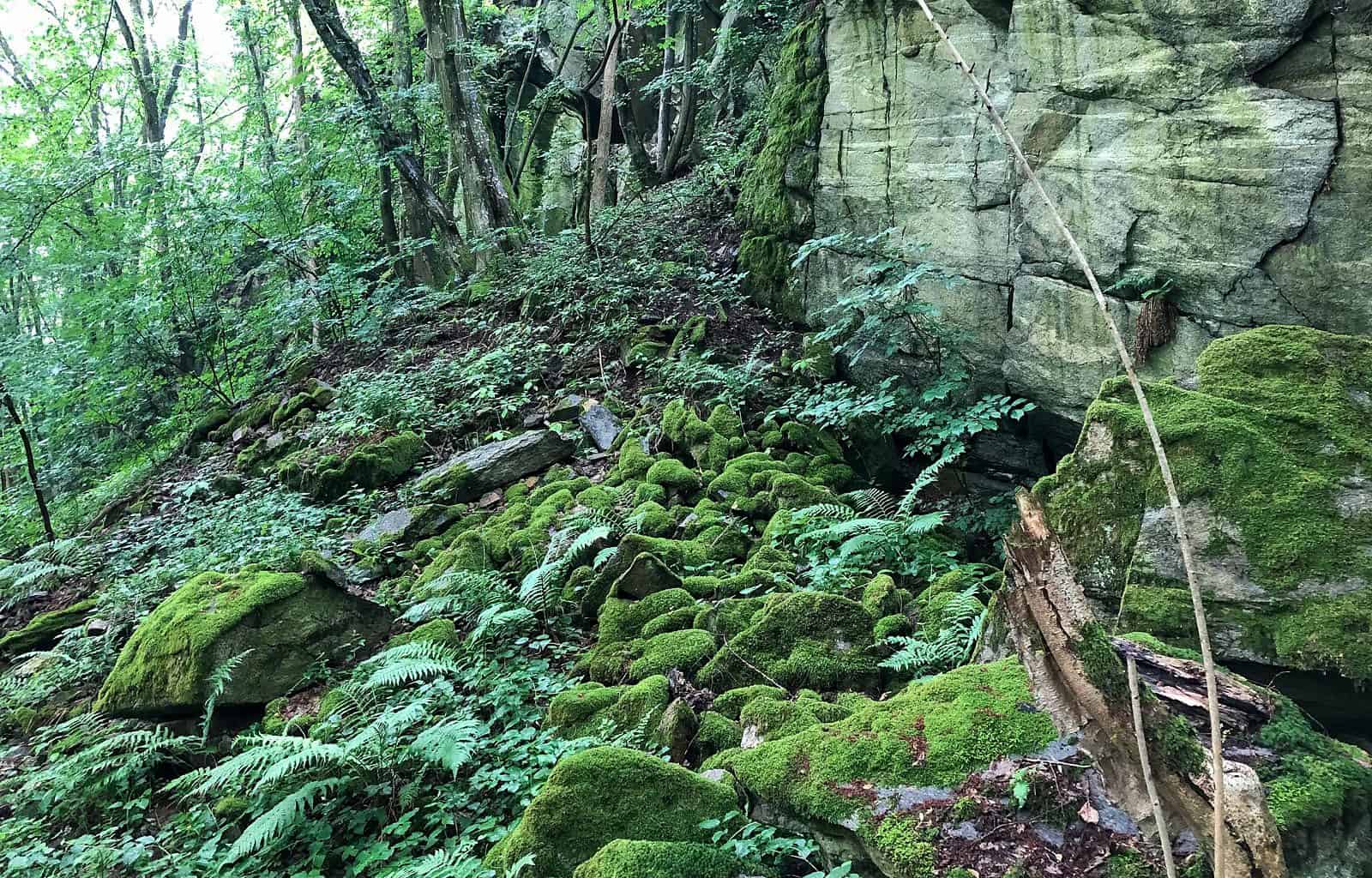Yellowstone is commemorating the centennial of the U.S. National Park Service
This news is in contribution to the centennial celebration of the U.S. National Park Service (part 3)!
The National Geographic team spent three years reporting, photographing, and creating the special edition commemorating the centennial of the U.S. National Park Service and of honouring Yellowstone, the world´s first National Park. It is a very unique way to celebrate this important anniversary.
Yellowstone is not only the symbol of nature conservation worldwide. It is also the story of the battle for the American west and story of U.S. National Park Service but also story of U.S. Wilderness Act. Simply, it is a story of the motivation for many people far beyond Yellowstone country.
This issue of the National Geographic reminds us long and not always easy way how this iconic national park was created, challenging way to formulate the final objectives and set an international quality standard.
The story of the Yellowstone and U.S. National Park Service motivates people around the globe.
Yellowstone, like many others protected areas, is exposed to the challenge of the modern life. More than a century ago Yellowstone used to be an island of civilisation in the sea of the Wilderness. Today it is other way around. Yellowstone is the island of Wilderness in the sea of civilisation.
A short example from, is just illustrating Yellowstone fascinating story:
Many decades ago, before Yellowstone boasted more than dozen restaurants, adventurous visitors had to hunt and fish for their dinners. But supply was limited: nearly half the park´s lakes and streams lacked fish. To protect the scarce stock, park managers killed fish-eating wildlife, such as bears and pelicans. They also asked the U.S. Fish Commission to stock the waters “so that the pleasure seekers can enjoy fine fishing within a few rods of any hotel or camp.” Between 1881 and 1955, 310 million fish were planted in Yellowstone, wreaking havoc of the ecosystems equilibrium. Native fish – such as the Yellowstone cutthroat trout, a source of food for dozens of animals – were displaced, attacked, and bastardised by non-native species. Today the ethos of that early era has flipped: The priority is on protecting the park´s 13 native fish types, and strict catch-and-release rules govern rod-toting humans.








